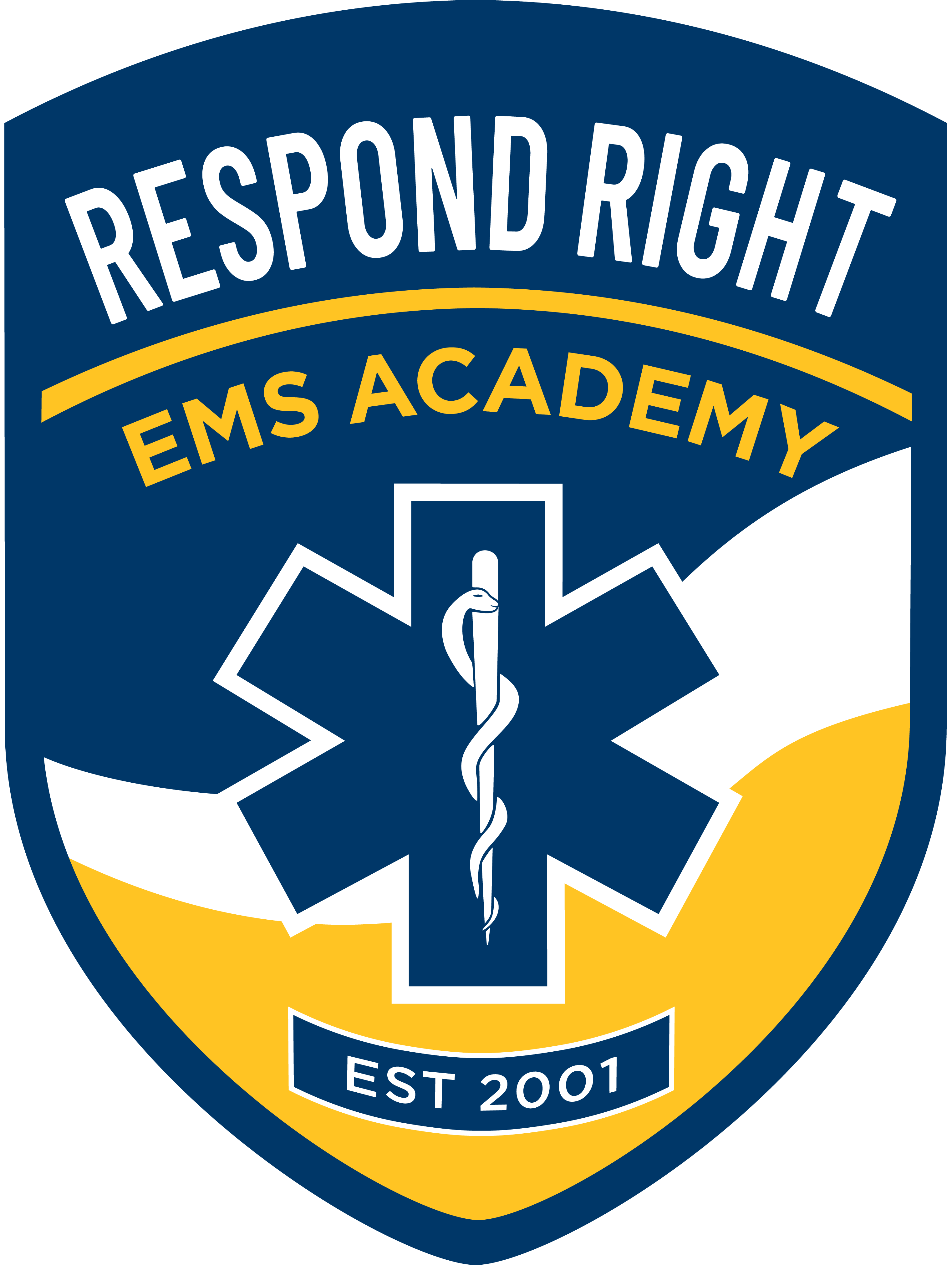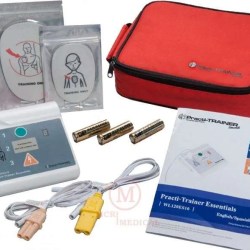
Staying certified as an Emergency Medical Technician (EMT) or Paramedic is more than just a requirement — it’s a commitment to providing excellent patient care. Continuing education helps you stay sharp, stay compliant, and stay prepared for whatever the field throws your way. If you’re wondering how to keep your certification current, this guide will walk you through everything you need to know.
Why Continuing Education Matters
Continuing education isn’t just a checkbox for certification renewal. It’s a valuable opportunity to strengthen your skills, learn about the latest advancements in emergency care, and build confidence in your abilities. Plus, many employers prefer (or require) EMTs and Paramedics who consistently seek out further training. Whether you’re brushing up on basic life support skills or diving into advanced trauma care, staying updated makes a real difference in how you respond in critical situations.
Understand Your Certification Requirements
To maintain your certification, you’ll need to meet both national and state-specific requirements.
- National Registry of Emergency Medical Technicians (NREMT): Every two years, EMTs and Paramedics must complete a set number of continuing education hours. The specific number depends on your certification level.
- State Requirements: Some states may have additional requirements for EMTs and Paramedics. It’s always a good idea to check with your state’s EMS office to ensure you’re meeting all guidelines.
A good EMT/Paramedic Continuing Education Program will cover both national and state requirements, making it easier for you to renew your certification.
Types of Continuing Education You Can Take
When it comes to continuing education, you’ve got options! Here are some common types of courses EMTs and Paramedics can take:
- Refresher Courses: Perfect for reviewing core topics and brushing up on hands-on skills.
- Specialty Certifications: Programs like ACLS (Advanced Cardiac Life Support), PALS (Pediatric Advanced Life Support), and PHTLS (Prehospital Trauma Life Support) can boost your expertise.
- Hybrid Courses: If your schedule is packed, hybrid EMT courses that combine online learning with in-person labs can be a good option.
- Instructor Training: Want to teach others? EMS Instructor certification courses are a great way to share your knowledge and further your career.
Tips to Stay on Track with Your CEUs
Staying compliant doesn’t have to be a last-minute scramble. Here’s how to make continuing education a breeze:
- Create a CEU Plan: Map out the courses you’ll need well in advance.
- Mix It Up: Take a combination of online and in-person classes to keep learning fresh and flexible.
- Track Your Progress: Use a digital or physical log to record your completed CEUs.
- Stay Informed: Keep an eye on updates from the NREMT and your state EMS office.
- Ask for Support: Some employers offer reimbursement or flexible scheduling to support your continued learning.
Keep Your Certification Active
Once you’ve completed your CEUs, submit your renewal application through the NREMT or your state EMS office. Don’t forget to double-check deadlines and requirements to avoid any lapses in certification.
If you’re unsure about where to start, consider reaching out to a trusted EMT school like Respond Right EMS Academy. They offer personalized guidance and a range of courses to help you meet your goals.



















